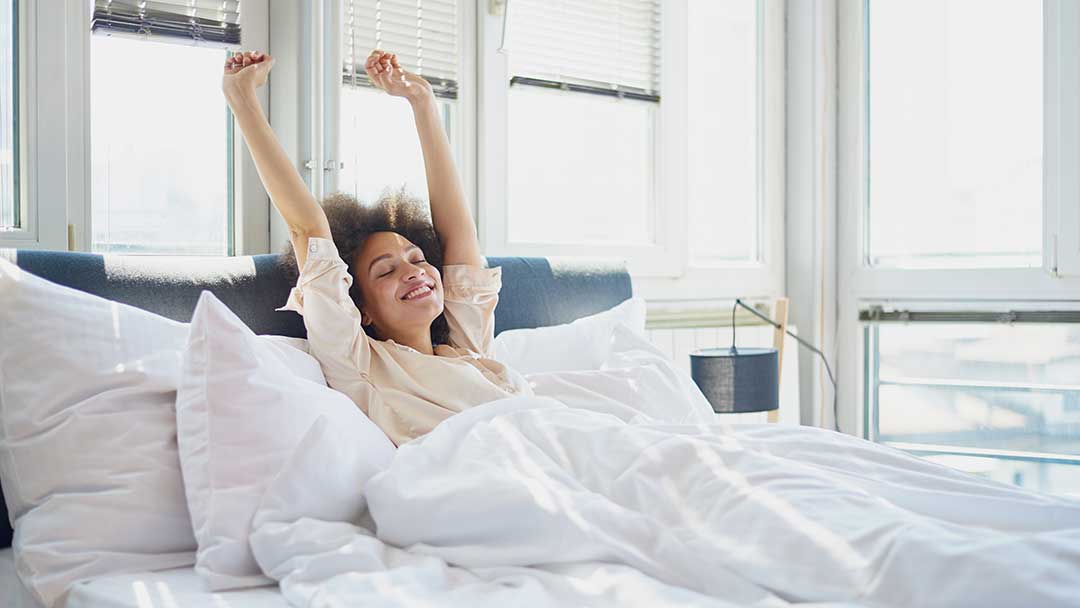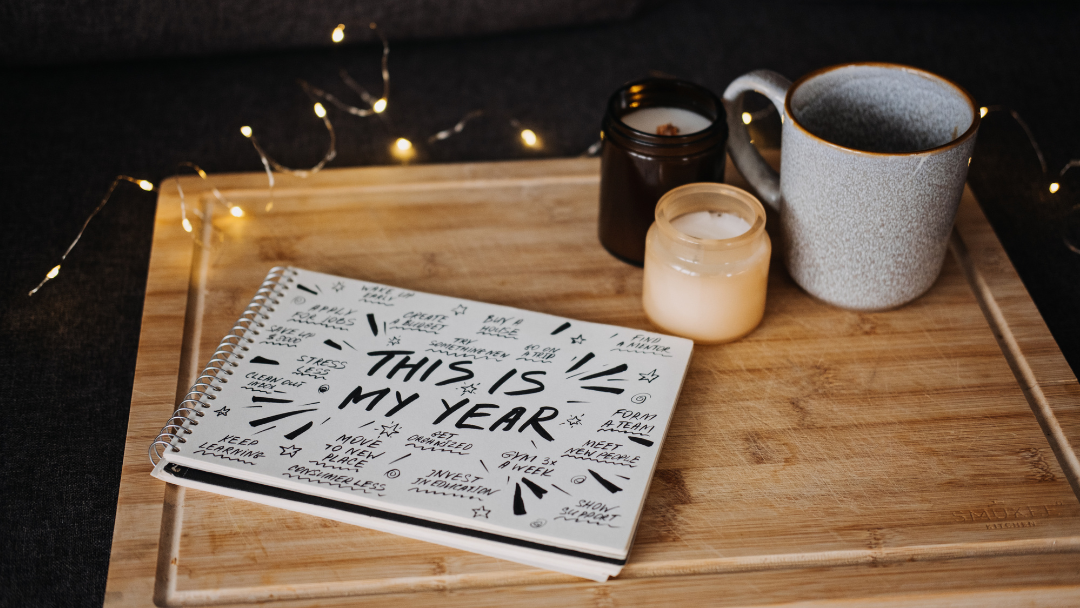A Sleep Therapist’s Top 5 Tips to Sleep Better Tonight

We’ve all been there: you are falling asleep on the couch watching TV, but once you get into bed, you are wide awake, and your mind is racing. All night is spent tossing and turning, checking the clock, and calculating how many hours of sleep you will get if you fall asleep right now.
For some people, these restless nights are few and far between, but for others, insomnia is a reality that many people face nightly.
Insomnia is a condition that can be treated through a therapy called CBT-I: Cognitive Behavioural Therapy for Insomnia. In this, individuals re-learn how to sleep, develop new sleep and wake cycles, and learn best practices for getting the body ready to fall and stay asleep. After years of treating insomnia in my clinical practice (and helping friends and family with their sleep issues), below are my top 5 tips for getting a better night’s rest.
- Environment
Keep your bedroom colder than you think, about 18-21°C and very dark. This helps your body to reach deep sleep stages. Additionally, raising your body temperature before bed with a hot bath or shower can help prime your body for sleep.
- Routine
Our bodies love routine. Think about when you were a baby, your parents had a full nighttime routine for you: a bath, followed by some stories in a dimly lit bedroom, and a bottle. Generally, for many of us now, we finish up errands, household chores, or work, watch some TV, and fall asleep on the sofa. Our bodies do need some routine to know what to expect, so build a small routine around sleep, perhaps a cup of tea, a couple of pages of a book, and some Progressive Muscle Relaxation (see below). It doesn’t have to be complicated. It just has to be consistent.
- Time
In the same vein as routine, going to bed and waking up roughly the same time helps our body to know what to expect and get ready for sleep. Our bodies are similar to machines, thriving on routine and consistency. When you get up in the morning, open the blinds and step outside if you can (even if it’s cold!), which helps to reset your circadian clock so you begin to “set” your sleep-wake cycle.
- Progressive Muscle Relaxation
An exercise where you slowly tense a muscle group for 5-7 seconds, followed by a release, moving up from your feet into your head is a key bedtime activity. It combines mindfulness, active release, and ritual, which can help when re-learning how to sleep better. This is such a powerful exercise that we use it with every client who is being treated for insomnia.
- Every bit helps
There are some remedies that have literature that supports their usefulness for sleep: lavender essential oil decreases stress and promotes relaxation, camomile tea has been shown to promote sleepiness, magnesium supplements in the forms of powder drinks, flakes for the bath, or spray for the feet help you get into a deeper sleep. These are inexpensive things you can add to your nightly routine that can augment the practices above.
This is just a sampling of tips that are considered having good sleep hygiene (Brown, 2002). The key with all of the above is consistency, give these tips a shot for a couple weeks consistently and you should be spending more time dreaming rather than tossing and turning.
Sweet dreams!
Reference
Brown, F. C., Buboltz Jr, W. C., & Soper, B. (2002). Relationship of sleep hygiene awareness, sleep hygiene practices, and sleep quality in university students. Behavioral medicine, 28(1), 33-38.
Learn more about the Mindfulness in Modern Society program, now offered as a microcredential by McMaster Continuing Education.
Health, Tips Corner, What's NewRelated News
News Listing

New Year, New You: Transform Your Career with Continuing Education
Career, General, Tips Corner, What's New
4 days ago

Meet Thomas Hammell: A Leader in Risk Management Education
Business, Instructor Spotlight, What's New
5 days ago

